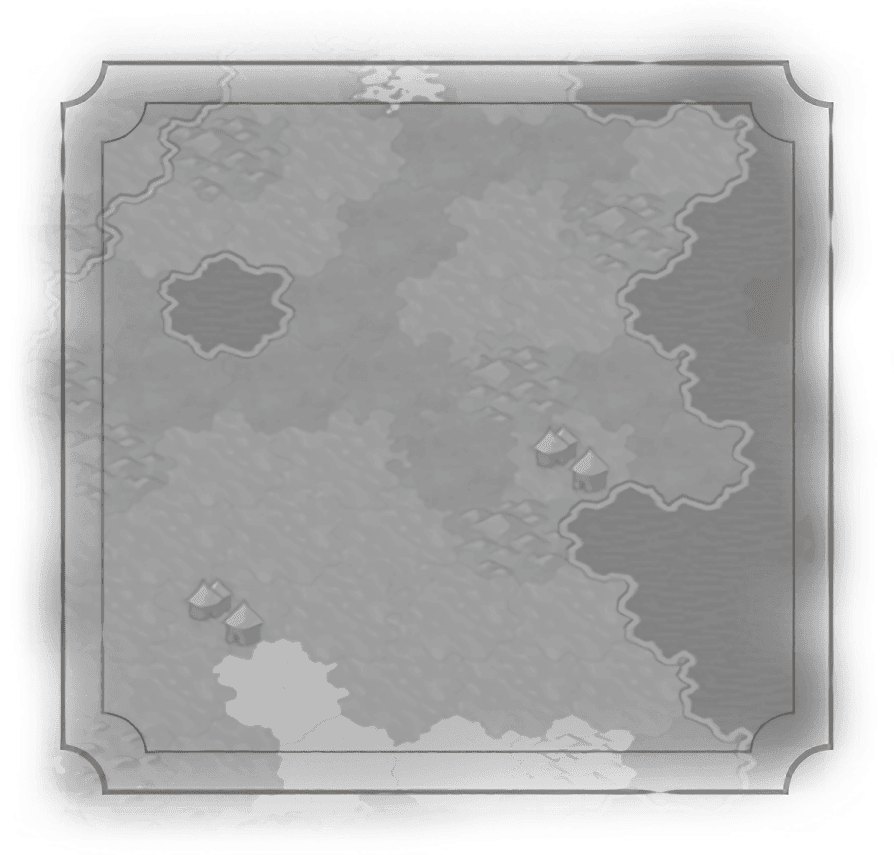Air Combat
Civilian
Land Combat
Archer
Artillery
AT Crew
Barbarian Horse Archer
Barbarian Horseman
Berserker
Black Army
Bombard
Carolean
Catapult
Cavalry
Conquistador
Cossack
Courser
Crossbowman
Crouching Tiger
Cuirassier
Digger
Domrey
Eagle Warrior
Field Cannon
Gaesatae
Garde Impériale
Giant Death Robot
Heavy Chariot
Helicopter
Hetairoi
Highlander
Hoplite
Horseman
Hul'che
Huszár
Hwacha
Hypaspist
Immortal
Impi
Infantry
Janissary
Keshig
Khevsur
Knight
Legion
Line Infantry
Llanero
Machine Gun
Malón Raider
Mamluk
Man-At-Arms
Mandekalu Cavalry
Maryannu Chariot Archer
Mechanized Infantry
Modern Armor
Modern AT
Mountie
Musketman
Ngao Mbeba
Nihang
Okihtcitaw
Oromo Cavalry
Pike and Shot
Pikeman
Pítati Archer
Questing Knight
Ranger
Redcoat
Rocket Artillery
Rough Rider
Sabum Kibittum
Saka Horse Archer
Samurai
Scout
Skirmisher
Slinger
Spearman
Spec Ops
Swordsman
Tagma
Tank
Toa
Trebuchet
Vampire
Varu
Voi Chiến
Warak’aq
War-Cart
Warrior
Warrior Monk
Winged Hussar
Zombie
Naval Combat
Support
Heroes


 Faith.
Faith.  Combat Strength is increased when Barracks, Armory, and Military Academy buildings are first constructed.
Combat Strength is increased when Barracks, Armory, and Military Academy buildings are first constructed.But, formidable fighters though they were, they were not an army. Rather, they were warrior-priests who would wander the countryside helping themselves to what they needed and defending Sikh communities and temples as they saw fit. The arrival of the British mobilized them into a grassroots resistance movement, one which constantly threatened to sweep out of control. As a result, the leader of the short-lived Sikh Empire, Ranjit Singh, sought to control and co-opt their fierce fighting power when he organized several thousand Nihang into his army around the conquest of Lahore in the early 1800s.
By the mid-1800s, Nihang and the Sikh Empire had gone down in defeat. However, their art is still practiced in some Sikh communities in India and the UK.

Requirements
 Faith
Faith Gold
Gold
 Faith.
Faith.  Combat Strength is increased when Barracks, Armory, and Military Academy buildings are first constructed.
Combat Strength is increased when Barracks, Armory, and Military Academy buildings are first constructed.But, formidable fighters though they were, they were not an army. Rather, they were warrior-priests who would wander the countryside helping themselves to what they needed and defending Sikh communities and temples as they saw fit. The arrival of the British mobilized them into a grassroots resistance movement, one which constantly threatened to sweep out of control. As a result, the leader of the short-lived Sikh Empire, Ranjit Singh, sought to control and co-opt their fierce fighting power when he organized several thousand Nihang into his army around the conquest of Lahore in the early 1800s.
By the mid-1800s, Nihang and the Sikh Empire had gone down in defeat. However, their art is still practiced in some Sikh communities in India and the UK.
Requirements
 Faith
Faith Gold
Gold


